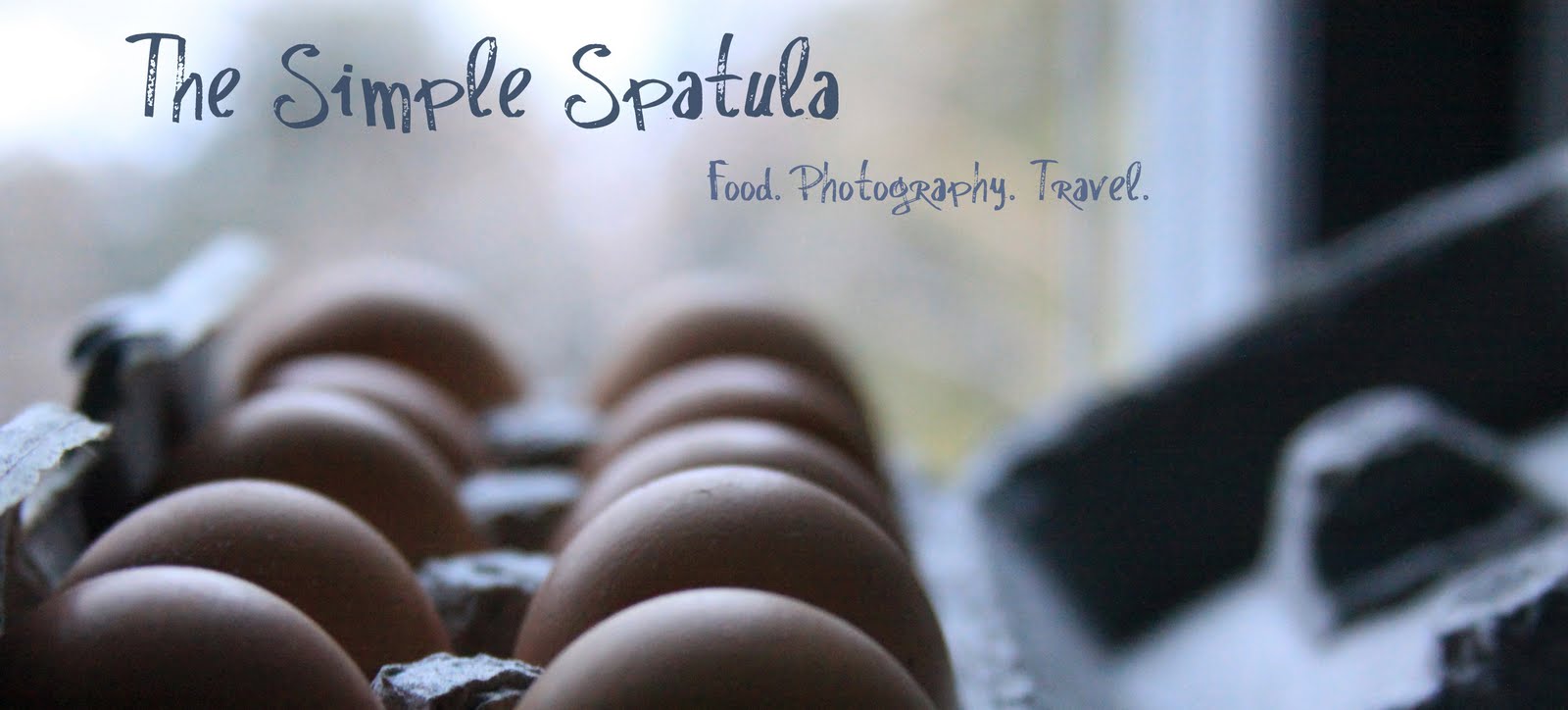
A couple weeks ago I took a trip to the New Amsterdam Market in South Street Seaport and had the most amazing fresh homemade ricotta cheese. Of course it was full fat (100% whole milk or maybe even partly cream). It was smooth rich and delicious with no rubbery texture like those store bought brands full of various gums..xantham, guar, carageenan etc. For a couple weeks I though about how easy it probably was to make my own ricotta. Then one day I came across cheesecloth in Williams-Sonoma and finally decided to give it a try.
Everything I read advised against using anything but full fat milk or cream, and I usually like to try a recipe before I alter it. I just really didn't know what I would do with 2 cups of full-fat ricotta cheese, so I tried part-skim on my first attempt. It came out alright. A little bit dry and the texture wasn't as creamy but I think that has less to do with the skim milk and more to do with the length of time I let it drain (probably around 5 minutes too long).
Fresh Part-Skim Ricotta
Feel free to make this with all whole milk or even substitute part of it for cream
Makes about 2 cups.
1/2 Gallon Whole Milk
1/2 Gallon Skim Milk
5-6 Tbls distilled white vinegar
3 tsp salt (2 if using it in a dessert)
Candy Thermometer
Cheesecloth
Combine both milks into a large nonreactive saucepan over medium high heat, preferably a thick-bottomed pan if you have one. You will need to stir occasionally, scraping the pan bottom, to avoid scorching.
Once the milk is hot, stop stirring. You will start to see curds rise and come to the surface. Run a spoon or spatula along the bottom of the pan occasionally to free up any stuck curds.
While the milk is heating, Line a colander with a large piece of cheesecloth that has been folded numerous times - until you have about 5 or six layers.
Place the lined colander over a large bowl or sink.
When the mixture reaches about 175F degrees, you will see the curds and whey seperate. The curds are the clumpy white mass.
Now, remove the pan from heat, and gently begin to ladle curds into the prepared sieve.
Pull up on the sides of the cheesecloth to drain off any extra liquid, but resist pressing on the curds. Gather the edges of the cloth, tie or fasten them into a knot and allow them to drain for about 10 minutes (I drained mine for about 15 and that was definitely too long).

I had to rig up a way to have it hang over the sink (cheesecloth tied to a wooden spoon. the detergent was nearby and I needed something heavy to hold the spoon there)
Enjoy immediately or refrigerate in a sealed container for a few days.






No comments:
Post a Comment